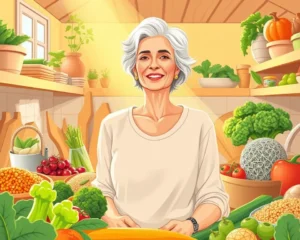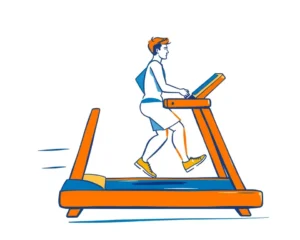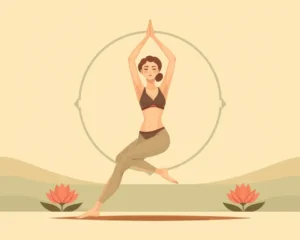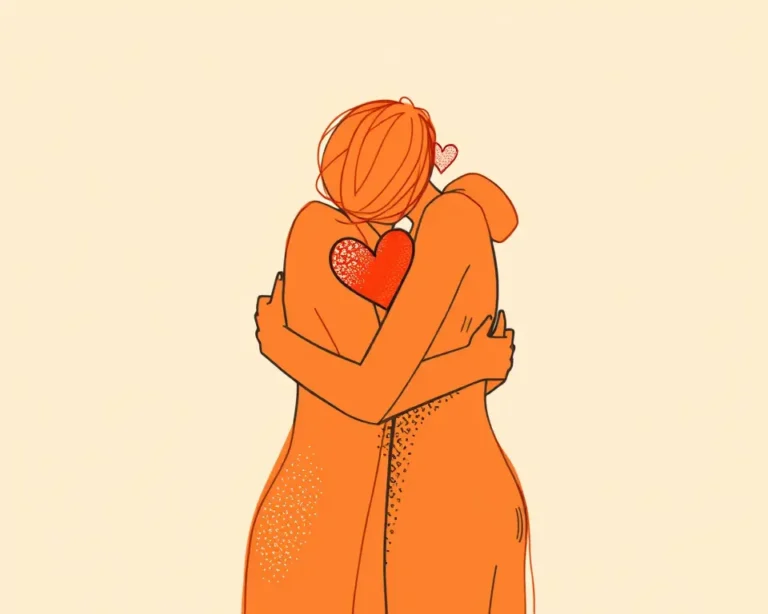As Valentine’s Week continues, today marks Hug Day, a day dedicated to showing affection, support, and care through a simple yet powerful gesture: the hug. More than just a physical act, a hug can convey a multitude of emotions, from platonic friendship to deep romantic love. On this Hug Day 2025, let’s explore the nuances of different types of hugs and the hidden meanings they hold.
The Language of Hugs: More Than Just an Embrace
Hugs are a fundamental form of physical touch, and their significance varies greatly depending on the context, the people involved, and the way the hug is executed. A hug can offer comfort, celebrate joy, or simply express affection. Understanding the different types of hugs can help you better interpret the emotions being conveyed and strengthen your relationships.
Exploring the Spectrum of Hugs and Their Meanings
Here’s a guide to some common types of hugs and what they generally signify:
The Side Hug: A Friendly Gesture
The side hug is a casual embrace where two people stand side-by-side and wrap an arm around each other’s shoulder or waist. This type of hug is often used between friends or acquaintances and signifies friendliness, politeness, and a quick show of affection. It’s a way of acknowledging someone’s presence and offering support without being too intimate.
Hugging from Behind: A Sign of Deep Affection
When one person hugs another from behind, wrapping their arms around their chest or torso, it signifies deep affection, fondness, and protection. This type of hug is common in intimate relationships and suggests a strong emotional connection and a desire to provide comfort and security.
The Waist Hug: Intimacy and Connection
In a waist hug, both partners face each other and wrap their arms around each other’s waists. This hug signifies an intimate romantic relationship and fosters closeness and connection. It often occurs during meaningful conversations and can be a prelude to a more passionate encounter.
The Bear Hug: Closeness and Comfort
The bear hug is a tight, enveloping embrace that signifies closeness, intimacy, and warmth. It’s a prolonged and affectionate hug that conveys a sense of security and comfort. Bear hugs are often shared between close friends, family members, or romantic partners and can be particularly comforting during times of stress or sadness, helping to lower anxiety and depression.
The Buddy Hug: A Palpable Platonic Bond
Also known as the friend hug, the buddy hug involves a two-armed embrace where both people’s chests touch. It signifies warmth, comfort, and a strictly friendly connection. Often accompanied by quick pats or rubs on the back, this hug reinforces a sense of camaraderie and support without any romantic undertones.
The Long Hug: Emotional Support and Intimacy
A long hug involves a sustained embrace, often shared between close family members, long-time partners, or close friends. It provides emotional support, warmth, and a sense of deep connection. This type of hug can be particularly meaningful after a long separation or during times of emotional distress.
The Quick Hug: A Brief Show of Affection
The quick hug is a brief embrace, often given when time is limited or when greeting someone in passing. It’s a way of conveying greetings and love without lingering too long and shows that even when pressed for time, you want to acknowledge a special person.
The Eye-to-Eye Hug: Romantic and Intimate
The eye-to-eye hug is an intimate and personal embrace, often shared between new romantic couples. It involves holding each other closely while looking into each other’s eyes, expressing romantic love and deeper feelings. This type of hug signifies a strong connection and a desire for greater intimacy.
The Straddle Hug: Passionate and Intimate
The straddle hug is a purely romantic hug meant for those deeply in love. It involves one person straddling the other, creating a close physical connection that conveys passion and intimacy. This hug has an underlying sexual overtone and requires mutual trust and a good physical connection.
The Patting Hug: Support and Solidarity
Pat hugs are often given to show support and care, communicating a sense of solidarity during difficult times. The pats on the back convey compassion and understanding, offering comfort without necessarily requiring a close emotional connection.
The Catcher Hug: Joyful Reunion
Catcher hugs are playful and spontaneous, often shared between friends or romantic partners who haven’t seen each other in a long time. It involves one person jumping into the other’s arms, signifying excitement, joy, and a strong sense of affection.
The Heart-to-Heart Hug: A Deeper Connection
The heart-to-heart hug is shared between romantic partners to show their love and intimacy. By maintaining heart-to-heart contact, the hug helps to deepen the relationship between couples and maintain romantic love for a long time.
Around-the-Waist Hug: Passionate and Loving
The around-the-waist hug represents a casual or strong relationship. It shows that individuals want to spend more time with their partners in a loving embrace, signifying a passionate relationship.
The Tight Hug: Emotional Support
The tight hug involves completely wrapping your arms around your loved ones, showing closeness and providing emotional support. This hug provides comfort if you meet your best friend or cousin after a long period.
The Sloppy Hug: Friendly and Social
The sloppy hug is mainly shared by individuals at occasions or parties, forming friendly and social bonds. It signifies a relaxed and casual connection.
More Than Just a Physical Act
Hugs are more than just physical gestures; they are powerful forms of communication that can strengthen relationships, offer comfort, and express a wide range of emotions. By understanding the different types of hugs and their meanings, you can better interpret the messages being conveyed and use hugs to enhance your connections with others.
As you celebrate Hug Day 2025, take the time to embrace the people you care about and let them know how much they mean to you through the simple act of a hug.







